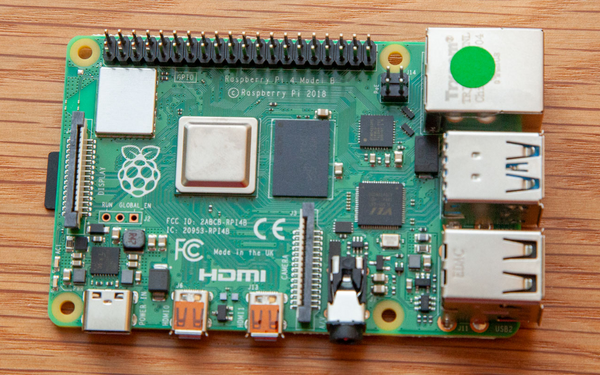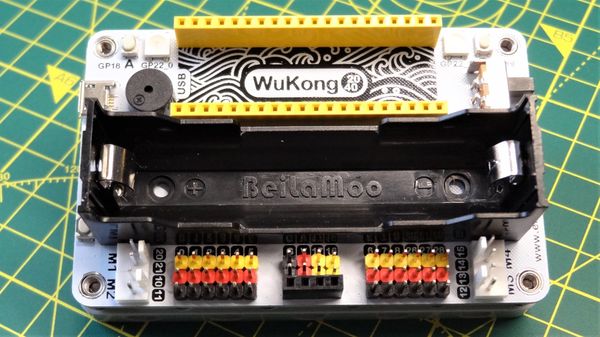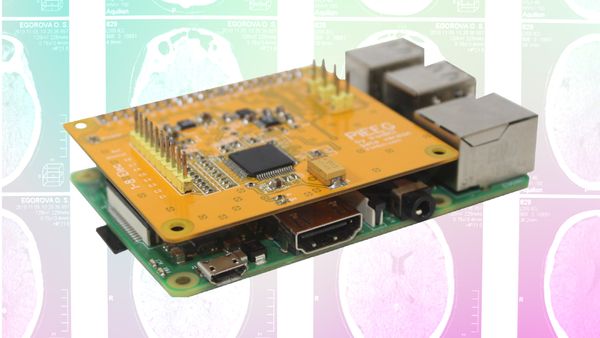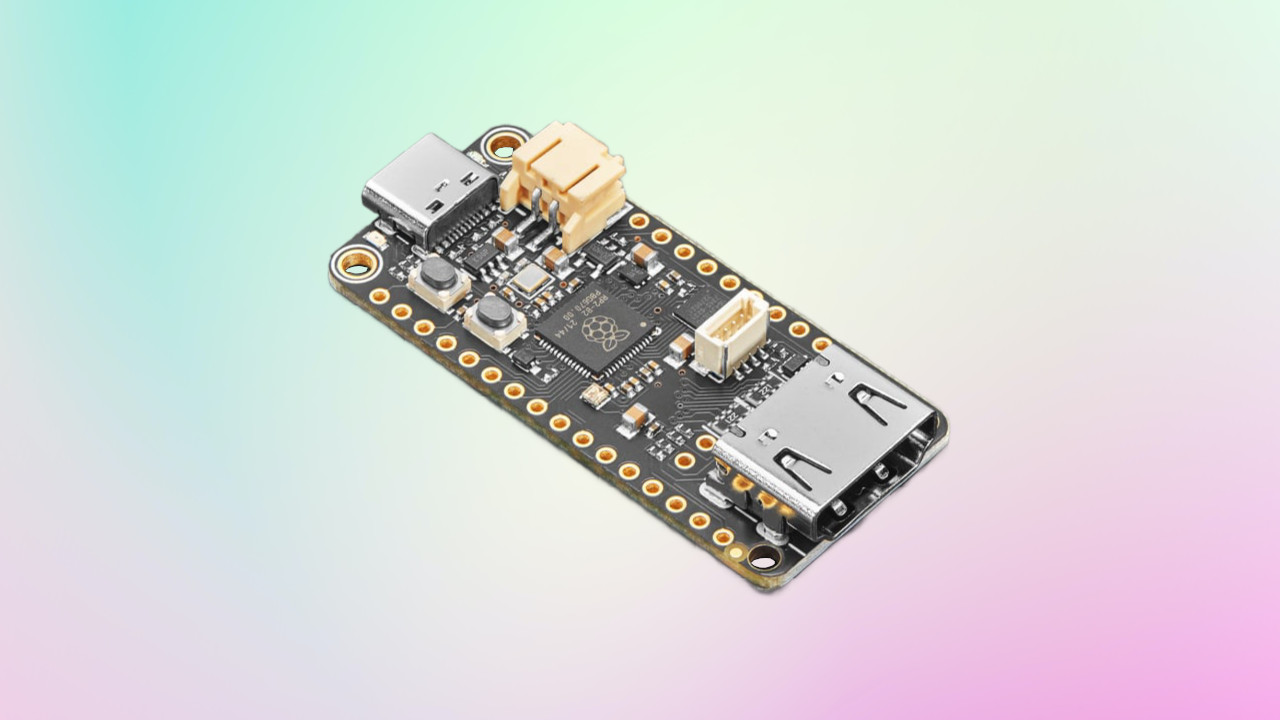
Outputting digital video is nothing new for the Raspberry Pi Pico. Back in the early days, Raspberry Pi engineer Luke Wren devised the Pico DVI Sock, grafting HDMI onto the Pico. That project was later refined into PicoDVI. Adafruit's latest board, Feather RP2040 with DVI may not have a catchy name, but it integrates HDMI / DVI output into its familiar Feather form factor.
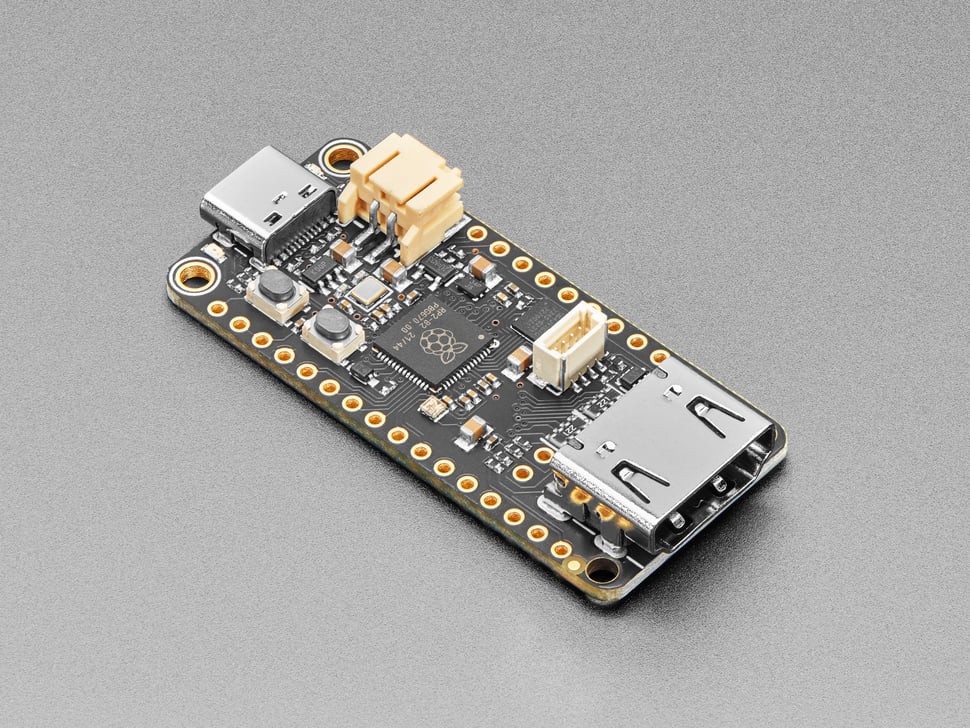
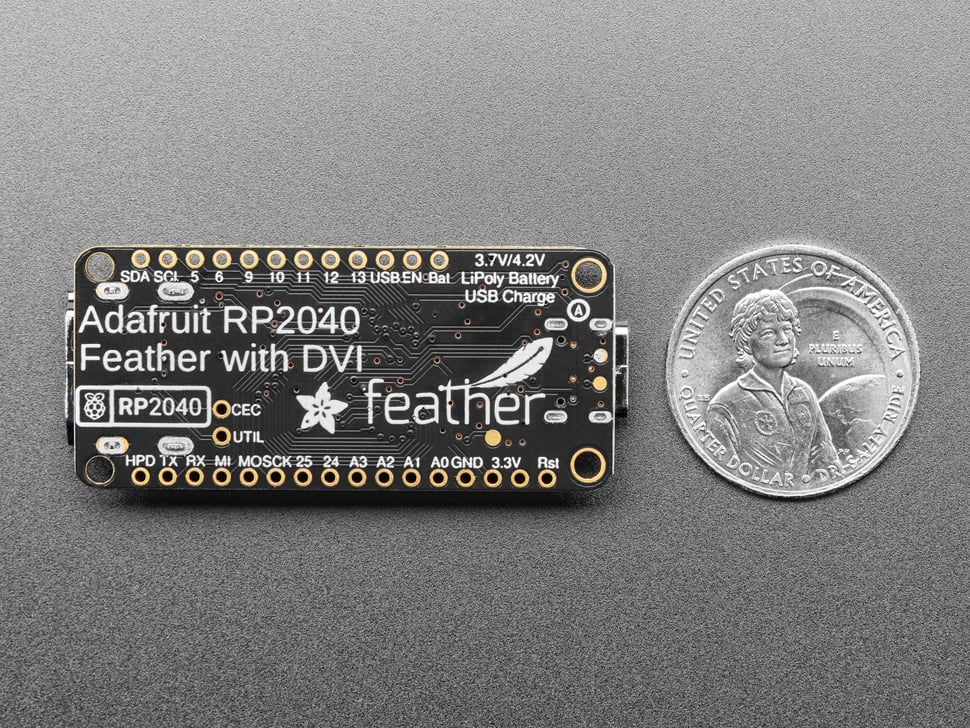
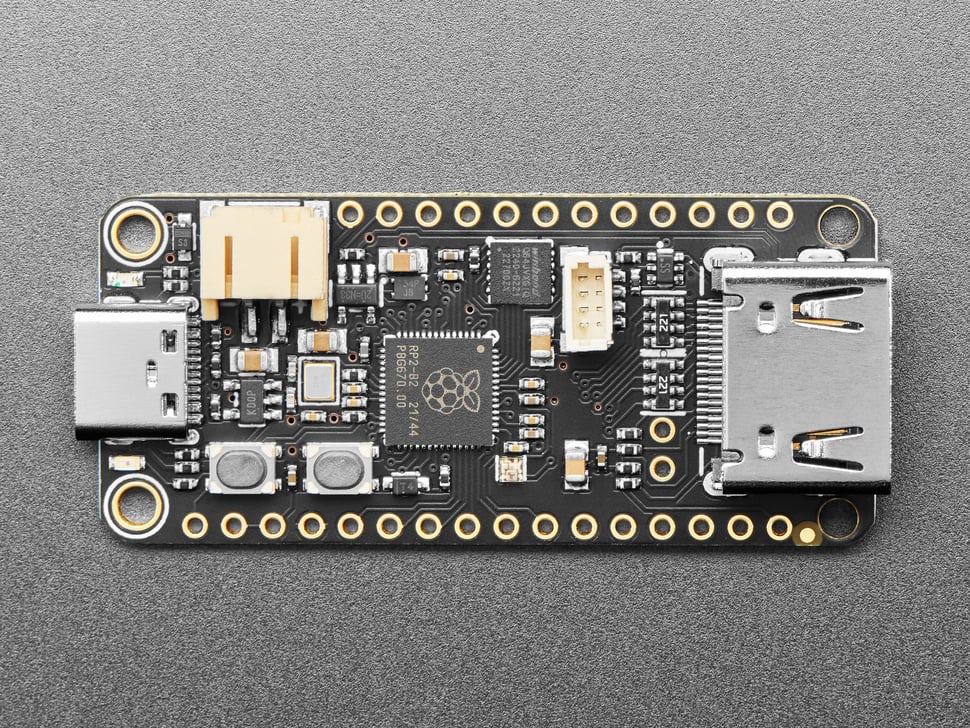
The RP2040 SoC has graced Adafruit's Feather form factor before. The Adafruit Feather RP2040 received the Editor's Choice award upon its release and has stayed in our Best RP2040 Boards for two years.
The form factor may not give us all the GPIO pins of the Pico, but we get Stemma QT, onboard battery charging and easy-to-read GPIO pin references. The Feather RP2040 with DVI provides those exact features and also provides a digital video output, DVI, that will work with any HDMI monitor if you have an HDMI-to-DVI adapter. For now, though, there is no sound
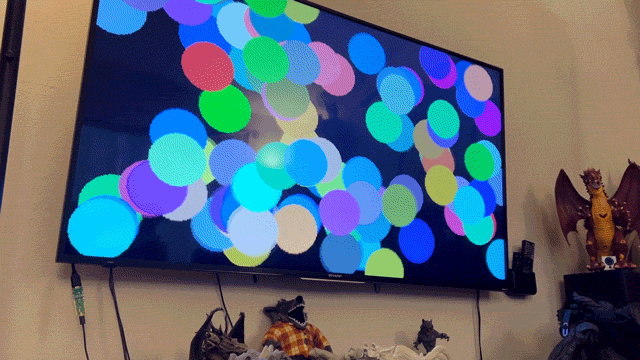
Adafruit boards are intrinsically linked to CircuitPython, but to get the most from this new board you'll need to use the PicoDVI library for Arduino or the Pico SDK. Generating video via the RP2040 requires one core of the dual core SoC and uses both Programmable IO (PIO).
Resources will be tight as generating a 320 x 240 video will take 150KB, and 400 x 240, 190KB of the 264KB SRAM. The HDMI connector has its I2C pins connected to the SDA / SCL pins of the Adafruit Feather RP2040 with DVI. This enables users to read the EDID EEPROM of a display, handy for debug.
Adafruit has listed the Adafruit Feather RP2040 with DVI as "coming soon" and for now there is no price listed.






